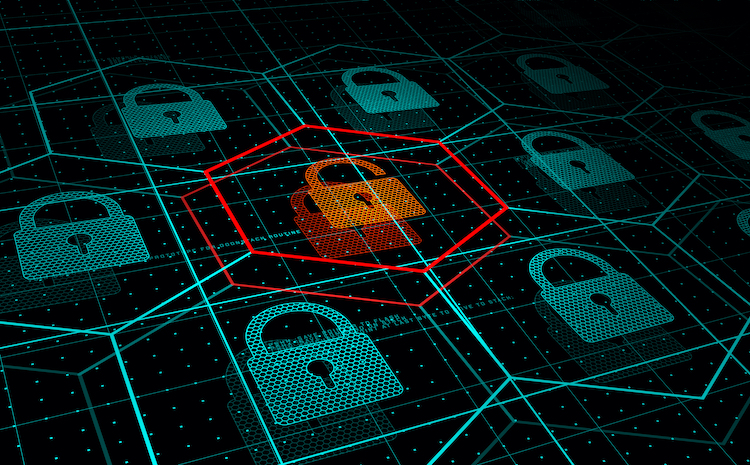
One of the security threats to your network that is the most difficult to detect is insider threats.
Just like in offline crimes, when there is someone on the inside, they can easily bypass safeguards designed to keep out intruders and they’re typically trusted.
With an insider threat in cybersecurity, a user already has access to system-trusted login credentials and can navigate through certain areas of a company’s technology environment unhindered.
Approximately 57% of all data breaches are caused by insider threats.
Firewalls, anti-phishing apps, and similar safeguards are cybersecurity protections designed to keep out intrusions coming from the outside, but what if someone has permission to be in your system?
One of the dangers is that an insider threat can go undetected for months or even years because it’s not seen as an intrusion. An insider can also steal information slowly over time so as not to set off any alarm bells.
Not all insiders are malicious employees or hackers who’ve stolen login credentials, there are several different categories of what’s considered an insider threat, but all are dangerous when it comes to your data security.
Some insider threats come from employees that are financially motivated to steal information and sell it to others. This can happen to companies that work with R&D activities or have lucrative information about their clients.
This type of employee threat may also happen if someone is planning to leave a company and wants to take customer data with them so they can potentially steal those customers away when they get to a new position.
This is an employee that isn’t stealing sensitive data for financial gain, but rather has an axe to grind with the company and is simply intent on deleting data maliciously. The goal is usually just to cause harm or disruption.
In this case, the threat isn’t malicious but the result of carelessness. An employee may ignore certain data security protocols because they feel they’re inconvenient. They may also use shadow IT (unapproved apps), unknowingly putting network data at risk.
A significant category when it comes to insider threats is when account credentials are breached. A hacker can then move around inside a device or account as if they were the user and steal data, infect a system with ransomware, or use a hacked email account to send phishing scams.
A website design company might be a third party that you need to give access to your server for uploading files. This is also the type of 3rd party vendor that can cause an insider security threat either due to negligence, misuse, or malicious access.
Your cybersecurity strategy needs to address both external and internal threats to your data. To ensure you have a full-bodied approach, in addition to your protections against breaches from the outside, you should also employ the following tactics to keep your data secure from insider threats.
When users are set up on a cloud account, server, or other system, they’ll sometimes be given administrative permissions when they don’t really need them.
You want to set levels of security and data access for users and use the rule of least privilege, which means to give a user the lowest privilege possible that still allows them to do their work.
This helps mitigate the damage that someone can do or that a hacker can do if they steal that user’s login credentials.
You want to monitor for any suspicious activity, like sensitive files being copied irregularly. Also look for attempts to access certain systems without a valid reason.
Rules and alerts can be set up within a system to track and send a notification when certain data related activities are happening, such as a file transfer or any type of user access from an outside IP address.
One of the tactics that someone stealing information for financial gain may take is to take photos of information on a screen or in a sensitive area of your building with their smartphone. This won’t leave the same type of data trail that copying that data to a USB device would.
Monitor any use of external storage devices, cameras and smartphones in sensitive areas.
One of the most effective ways to keep hackers from posing an insider threat through compromised login credentials is to activate multi-factor authentication on all your account logins. This will significantly reduce the risk of those passwords being used by a criminal posing as an insider.
Using data protection policies, like sensitivity labels in Microsoft 365, can help you protect your data from misuse or negligence by an insider. This type of protection can put safeguards like “do not copy” or “do not share” on sensitive data, preventing it from being misused.
Haxxess can help your Sudbury area business put the protections in place you need to keep both outside and inside threats at bay.
Contact us today to schedule a free consultation! Call 705-222-8324 or reach out online.